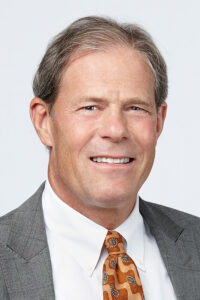In September, I attended a conference at Portland’s World Forestry Center to participate in a panel discussion on the future of global forestry investing. …I stopped to talk with one of the protesters and asked her, “What exactly do you want us to do?” She replied, “Stop cutting trees.” The statement is understandable. …With respect to carbon sequestration, one imagines that leaving the forest alone to become an old-growth forest would be an effective means to remove large volumes of CO2. This is true to a degree; however, the “stop cutting trees” idea does not consider the immutable laws of forestry. Old growth forests are certainly critically important keepers of habitats, but older forests are valuable primarily as carbon storage forests, not carbon sequestering forests.
The U.S. and Canada possess the globe’s most productive, most sustainably managed forests. The decades-long history of increases in the rigor of tree-growing and harvesting regulations in North America needs to be acknowledged, then celebrated. The trend has been a huge environmental victory, and it sets the stage for a sustainable wood production and technology renaissance. When this regulatory tightening is coupled with the exceptional efforts by groups like The Nature Conservancy to identify and preserve “habitat-sequestering” acres on North America’s public and private lands, the result is a landscape that comes close to balancing habitat and wood-production benefits. …We cannot stop cutting trees. Instead, we need to grow more of them, and then utilize them more effectively while continuing to set aside the most critical habitat.
